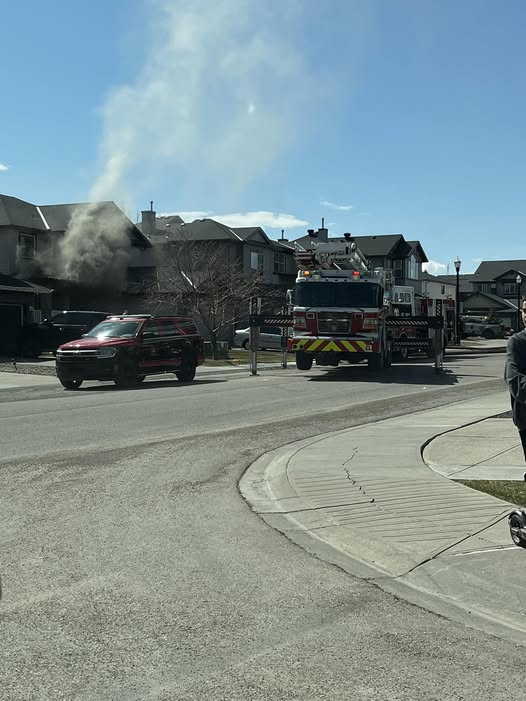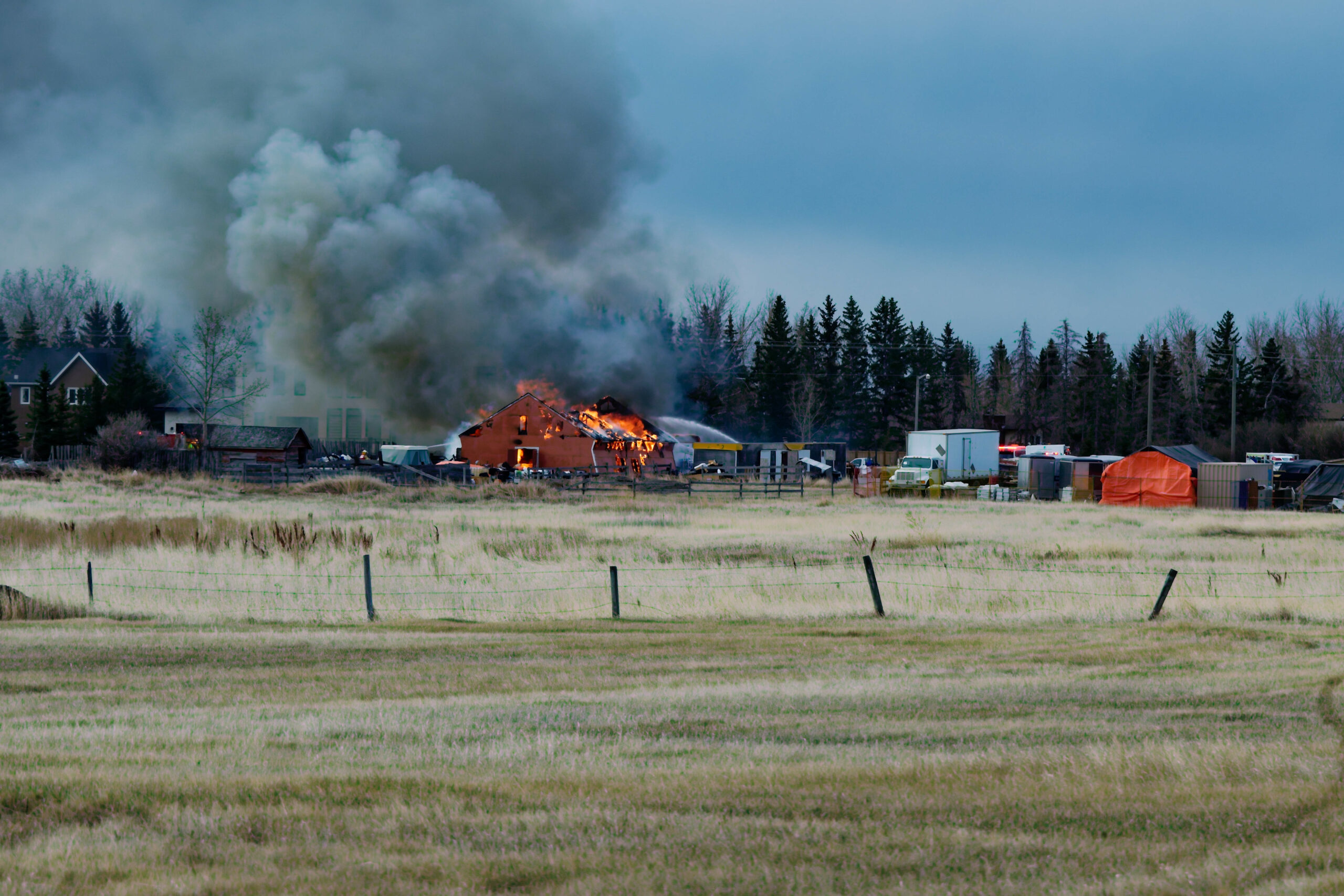It’s been 30 years since Robyn Perry, who was 12-years-old at the time, lit the cauldron at Calgary’s McMahon Stadium to officially start the 1988 Winter Olympic Games.
It’s the biggest party the city has ever seen and spawned a three-decade long love affair between winter sport, the City of Calgary and Calgarians in general.
“Arguably Calgary’s growth, even just the physical size of the city, can be tied to that coming out party on the world stage,” says Mount Royal University professor David Legg, a past President of the Canadian Paralympic Committee and Chair of Health and Physical Education at MRU. “It’s tough to name one specific thing as the most important legacy of 1988, but the facilities themselves are the easiest and most demonstrable to the lay person.”
History is rife with Olympic host cities that mothballed their venues almost as fast as they were constructed. Those cities include Sarajevo (winter, 1984); Atlanta (summer, 1996); Athens (summer, 2004) and Beijing (summer, 2008).
Calgary’s legacy facilities, however, have continued to play an important role in the city’s landscape and identity, with all the vital venues from 1988 still being fully utilized – except for the 90-metre ski jump tower at Canada Olympic Park, which is now the departure point for North America’s fastest zipline.
“If you were to count the number of people that have utilized the facilities that were built for 1988, we are hundreds of thousands of people I would guess, if you include all the different facilities combined in some form or another,” said Legg. “That’s a pretty significant impact over a 30-year span. Those impacts are difficult to demonstrate cause and effect and direct and indirect impacts, but, anecdotally, and certainly my gut tells me, that they are significant.”
Those venues continue to play a significant role in WinSport being relevant three decades after Canada Olympic Park was turned over to the Calgary Olympic Development Association by the Government of Canada following the ’88 Games. They are critical to WinSport fulfilling its mission, which is: to provide opportunities for Canadians to discover, develop and excel at sport through world-class training, facilities and exceptional experiences.
“The founding organizers of the Calgary Games deserve so much credit for having the forethought to ensure that the facilities at Canada Olympic Park would be relevant for future generations, thanks to the endowment funds that were created following the Games,” says WinSport President and CEO Barry Heck.
WinSport doesn’t receive direct government funding for its day-to-day operations. It relies on revenue from the ski and snowboard hill, the four ice rinks, public gym, programs, summer camps, its variety of summer and winter activities, and its robust food and beverage operation, which hosts more than 1,000 events yearly.
According to a recent study conducted by Calgary Economic Development, WinSport contributes $120 million of positive economic impact annually to the City of Calgary. This is in addition to the social and cultural impact on the community.
While the facilities have continued to draw Canadian and international athletes for training and competition, perhaps the longest lasting impact of the 1988 Games are the “legacy babies.” These are athletes who wouldn’t have been introduced to certain sports if they weren’t available to them as they were exploring sport.
“Being able to be thrown down a luge track when I was in my adolescence, that was an incredible experience,” says Sam Edney, who first discovered luge in Grade 9 at the suggestion of a physical education teacher. He finished in sixth place this week in Pyeongchang at his fourth Olympic Games. “If you are a kid from Calgary or Alberta, then you are really lucky because we have that opportunity to have access to these facilities.”
Edney is just one of a handful of athletes whose lives would have taken tremendously different paths if they didn’t have access to the Canada Olympic Park venues. Bobsledder Helen Upperton, a silver medallist at the Vancouver 2010 Games, first tried luge as a 12-year-old and was then lured to bobsleigh after college. Lugers Alex Gough, Tristan Walker and Justin Snith often credit their success with the opportunities provided to them thanks to the ’88 Games.
Ski cross racer Brady Leman’s mom worked at Canada Olympic Park as a ski instructor, among other roles, while he was growing up. That gave him access to the hill essentially every day of the week. He is one of 171 athletes competing in Pyeongchang that has either competed or trained at WinSport’s facilities at Canada Olympic Park or the Bill Warren Training Centre in Canmore.
“I had some pretty cool opportunities as a kid was growing up in Calgary, especially spending so much time here (Canada Olympic Park),” said Leman. “I got exposed to a ton of different sports when I was younger. I think skiing was always in our family and it is definitely in my blood, but I think if it wasn’t that, I would have picked something up else like speed skating, ski jumping or luge.
“Being in Calgary gives you the opportunity to be exposed to those kinds of things and that’s not an opportunity that every kid gets.”
The facilities at Canada Olympic Park have not only withstood the test of time, but have continued to thrive. With a halfpipe upgraded to Olympic standards in 2011, WinSport has drawn some of the world’s great athletes, including legendary snowboarder Shaun White, who held training camps in Calgary for each of the past three years.
The moguls World Cup was recently held in January on the moguls pitch at Canada Olympic Park for the 11th time, while five aerials World Cups have been held there.
The luge World Cup was held in Calgary in November, with Edney and Gough each capturing silver medals – the first time ever two Canadians have won medals at a World Cup in Calgary. In fact, more than 18,000 runs took place on the Calgary track during the 2016-17 winter season.
“For one of the venues that has been around for as long as it has, WinSport and the legacy has done a great job of maintaining the venue and keeping it relevant and up to date,” said Gough. “It’s great for us to have as a training facility and great for us to be here and be able to race on it.”
It’s these venues that are playing a significant role in determining whether the City of Calgary decides to bid on the 2026 Winter Games. Many would only require renovations rather than entirely new facilities. In the case of the sliding track at COP, a refurbishment is scheduled for this spring after WinSport secures the funding required. This facelift is exclusive of a potential Olympic bid.
Upperton’s parents drove her across the city in her early sliding days. Little did she know that that the 1.5-kilometre track would play a huge part of her life, including her introduction to her partner, Jesse Lumsden, a member of Canada’s men’s Olympic bobsleigh team.
“I always say that the sliding sports, a lot of times, it’s a matter of location,” said Upperton, who teamed up with Shelley-Ann Brown to win silver at the Vancouver 2010 Olympics. “We happen to live in a city with all these great legacy venues and my parents took me to use them. Eleven years of my life went by. I travelled all over the world, represented my country at two Olympic Games and met amazing people, including Jesse. I had so many great experiences that shaped me into the person I am.”
In fact, the 1988 Games have shaped the lives of thousands.
“Part of Calgary’s DNA is that we were a successful Olympic sport city,” said Legg. “Even Salt Lake City, I don’t know if that’s part of their ethos or how the present themselves, but for us, that’s our signature.”








